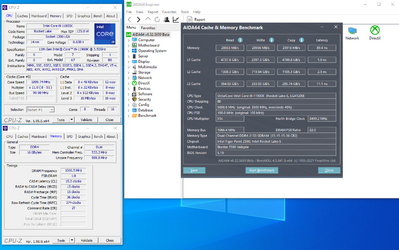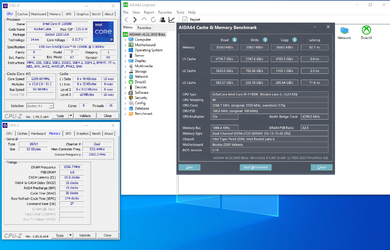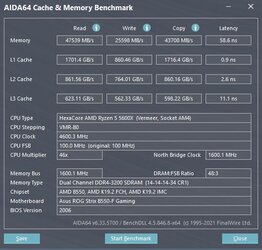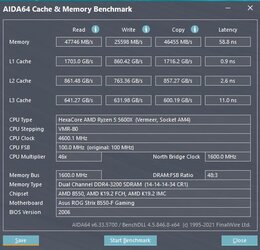Typically there is barely any difference if you run 2x dual rank vs 4x single rank or 4x dual rank memory. It supposed to act in about the same way. The difference is almost always in sub-timings which is a long list nowadays and most are set automatically. Higher-density memory modules have always much more relaxed timings. This is where you see that 2-3GB/s difference in memory copy (sometimes read) results but almost never in memory write.
On all platforms for years, dual-rank memory was faster (usually used for professional applications or something like superpi 32M

) but we could barely see it in popular applications. Ryzen 5000 is the first that is showing significant differences also in games. However, it's acting in a bit different way depends on the CPU. You will see a higher gain when the CPU will have more cores. New Intel CPUs are also showing better results with dual rank memory.
In short:
2x single rank < 2x dual rank
2x single rank < 4x dual rank
4x single rank = 2x dual rank
2x dual rank = 4x dual rank
Everything else are variables because of timings, memory controller settings, or anything else that usually stays at auto settings in BIOS.
You can overclock 2x single rank to be faster than dual rank but modern chipsets are limiting overclocking because of low maximum IMC/IF frequency and required ratios.
Right now probably the only single-rank 16GB memory modules are still based on Micron B. All other popular IC are lower density and are always dual rank in 16GB modules. I guess that Hynix will be available wider with 16GB single-rank but I haven't seen these kits yet (more like I heard about them but haven't actually seen in mass sales). In theory, there should be single-rank modules based on the same IC as 32GB modules, just half capacity, but somehow they're not in stores except for mentioned Micron B.




